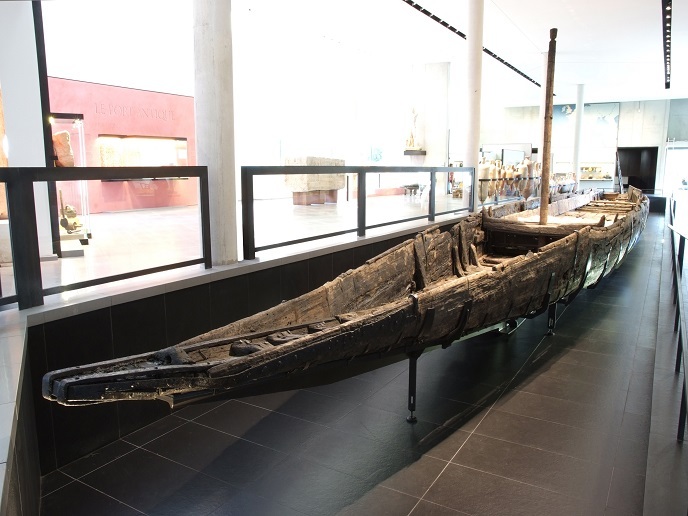Preserving our past for the future
Preventive conservation has emerged as a key approach for ensuring the long-term preservation of sensitive cultural heritage, particularly mobile artefacts that are displayed or stored in harsh environments, as well as for small and medium-sized museums. Supporting preventive conservation is the EU-funded SensMat(opens in new window) project. It offers an innovative solution with user-friendly interfaces that can help in risk assessment and prevention of environmental damages. “The solution(opens in new window) combines the latest development on sensors, building information modelling, Internet of Things, material degradation modelling, and knowledge/data management. It is also customisable for each museum’s actors’ needs and constraints, such as those relating to sensitive materials, artefacts, legal and societal,” confirms project coordinator Marie Dominique Bruni.
Addressing the main preventive conservation issues
The SensMat solution’s feasibility and performance were demonstrated in 10 case studies(opens in new window), which took place in parallel in different regions across the EU, in museums, historical buildings, storage sites and workshops. “This was to consolidate our ambitious work on technologies, with dedicated software tools for recommendation and the sharing of best practices,” adds Bruni. The preventive conservation assessment was performed with a complete solution to monitor a very large range of collections. “This involved sensitive materials, and the assessment demonstrated the capability of the SensMat deployed tools to efficiently address the main preventive conservation issues involved in the conservation standards,” explains Bruni. Demonstrations were adapted to each case study context and constraints, which enabled the gathering of a very rich and intensive experience – with regular interviews conducted with the users. “The demonstrations were intended to convince museums to adopt the SensMat combined assessment tools, in other words, acceptance,” outlines Bruni.
Guaranteeing healthy artefacts
The SensMat solution is user centred. It has the capability to anticipate risks, adapt, increase flexibility of reaction, and provide interoperability with other actors outside. “It provides more accuracy and less intrusiveness for all maintenance and preventive conservation actions, as well as best guidance despite the diversity of sectors, expertise, resources, skills, regulations, national and international rules,” highlights Bruni. It also benefits from associated services; for example, it will help enhance and promote professions in museums, facilitate audits in certain places and provide support for packaging and moving artefacts. “What’s more, it will facilitate access to certain key documents and the definition of intervention priorities in relation to the sensitivity of a collection,” adds Bruni. This is in addition to the benefit of the assurance of offering healthy artefacts, amongst others.
Paving the way for change in preventive conservation
“Time-saving services, installation, remote support, access to a community of experts (independent conservators, restorers, etc.) and resource (knowledge base) would boost the appropriation of the SensMat solution,” notes Bruni. It is expected that the SensMat solution will have a significant impact on practical aspects of the preventive conservation through the identification, analysis and selection of the recommended approaches taking into account usage with the aim to offer the best services. The solution also goes beyond the simple technical aspects. “This is because the introduction of the solution will initiate a progressive modification of thinking about common practice. It must be considered as a supporting tool for change among preventive conservation staff and organisations, and it is a good enabler for innovation in preventive conservation,” concludes Bruni.







